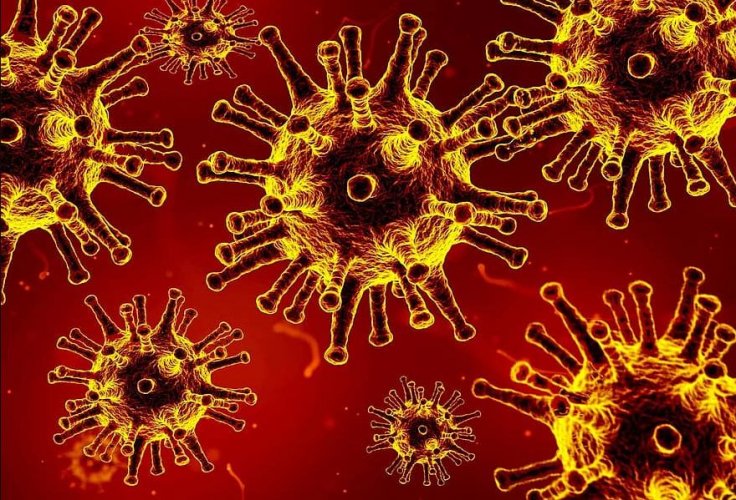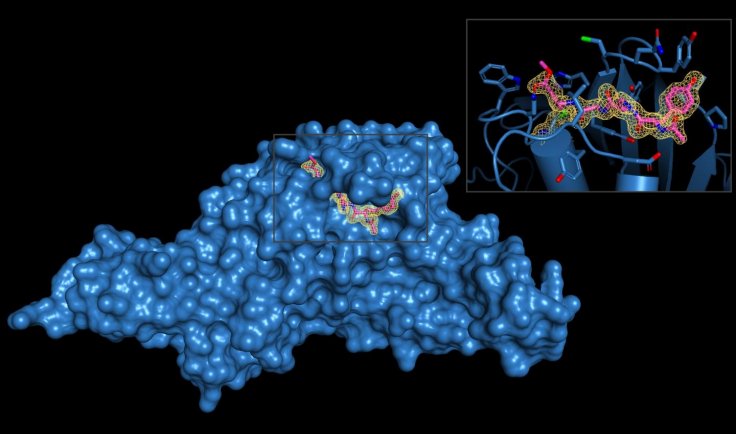The profound impact of COVID-19 has led to scientists working round the clock to find a viable method of defeating the SARS-CoV-2 coronavirus. The result of such attempts is a new study that outlines a novel technique for the precise development of drugs. It involves the blocking of a molecular 'scissor' that the pathogen uses for its own production and to disarm vital proteins essential in the human body's immune response.
According to the study by researchers from the Wroclaw University of Science and Technology and the University of Texas Health Science Center at San Antonio (UT Health San Antonio), the joint efforts of the authors lead to the development of two molecules that impede the function of the so-called 'scissor' enzyme known as SARS-CoV-2-PLpro.
"This enzyme executes a double-whammy. It stimulates the release of proteins that are essential for the virus to replicate, and it also inhibits molecules called cytokines and chemokines that signal the immune system to attack the infection," highlighted Shaun K. Olsen, senior of the study in a statement.

'Slicing' Through Immunity-providing Proteins
It has been learnt over the past few months that the virus disrupts the immune functions of the body, and in some cases leads to its over-stimulation. Through the study, the scientists demonstrated that SARS-CoV-2-PLpro aids infection by sensing and processing viral as well as human proteins.
The enzyme literally slices human proteins ISG15 and ubiquitin, which stabilize protein integrity. "The enzyme acts like a molecular scissor. It cleaves ubiquitin and ISG15 away from other proteins, which reverses their normal effects," explained Dr. Olsen.
Molecules to Break the 'Scissors'
Dr. Olsen and his team decoded the three-dimensional structures of the SARS-CoV-2-PLpro enzyme and the two inhibitor molecules known as VIR251 and VIR250. Also, .X-ray crystallography of the molecules was performed.

The Polish team designed the inhibitors that could effectively repress the activity of SARS-CoV-2-PLpro. It could, however, not identify similar proteins within human cells. "This is a critical point: The inhibitor is specific for this one viral enzyme and doesn't cross-react with human enzymes with a similar function," illustrated Dr. Olsen.
Significantly Different from Related Coronaviruses
While the SARS-CoV-2 is closely related to the SARS-CoV and MERS-CoV, the action of the SARS-CoV-2-PLpro was found to be significantly different when compared to similar enzymes in these coronaviruses. It was found that the manner in which ISG15 and ubiquitin are processed were distinct from the mechanism in the related virus. Dr. Olsen added, "One of the key questions is whether that accounts for some of the differences we see in how those viruses affect humans, if at all."
Dr. Olsen also stated that discerning the differences and similarities between such enzymes across different coronaviruses may enable the development of inhibitors that can counter several viruses. He concluded that such inhibitors may be modified in the event of a similar coronavirus emerging in the future.









